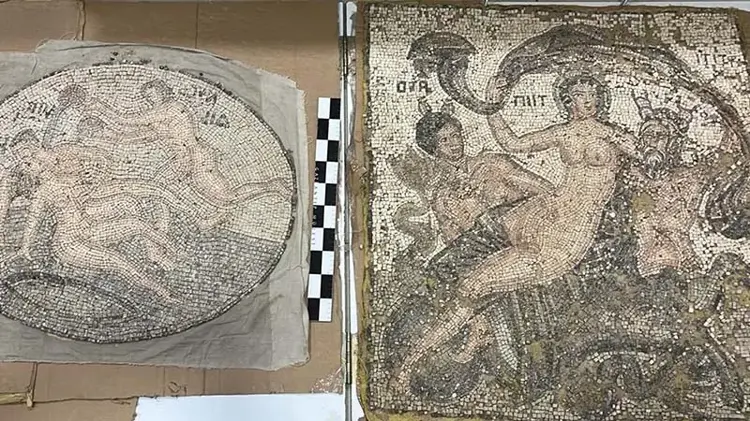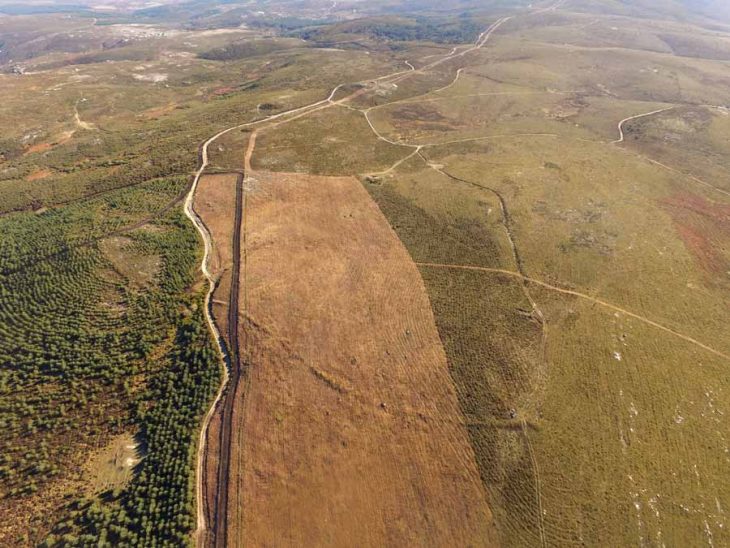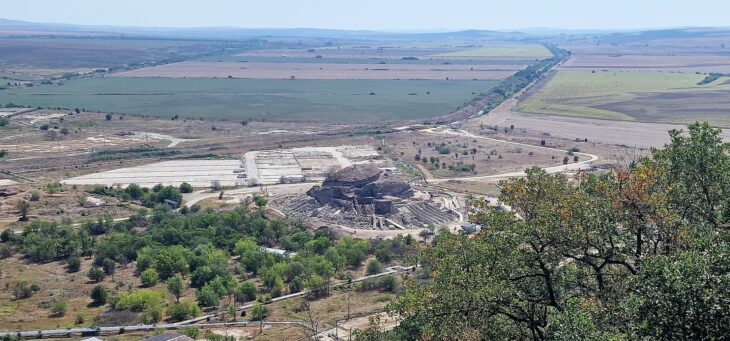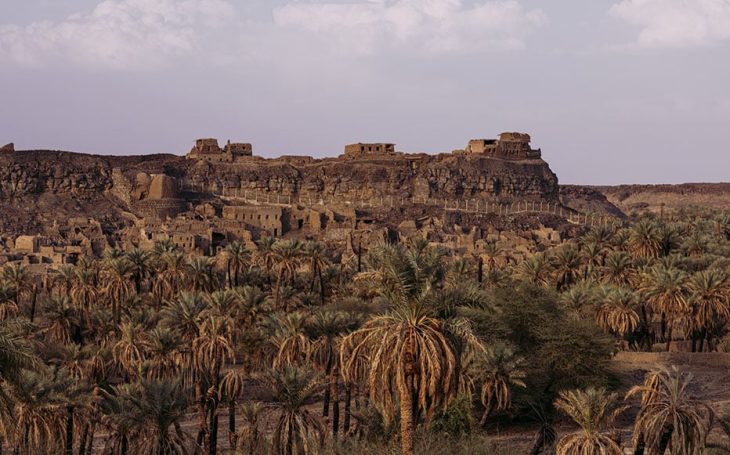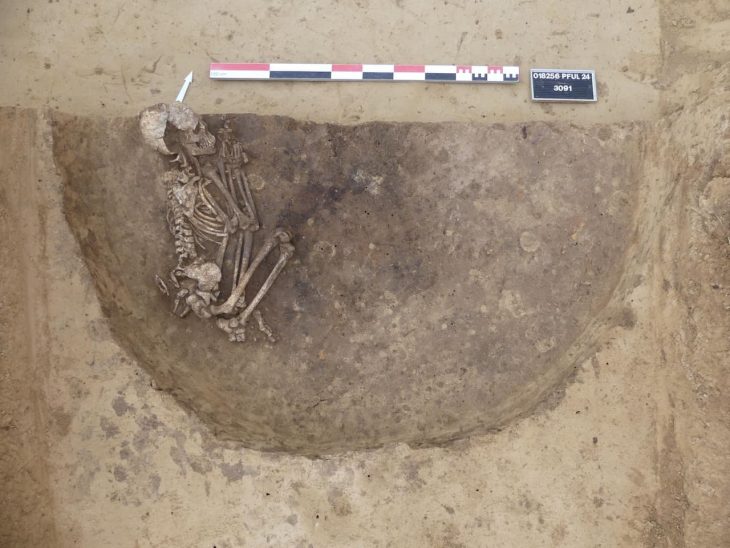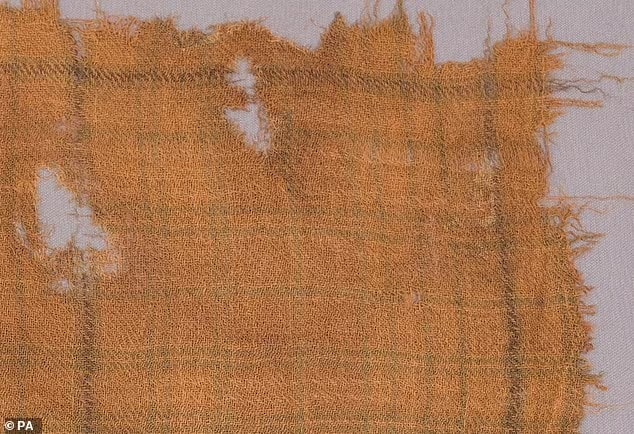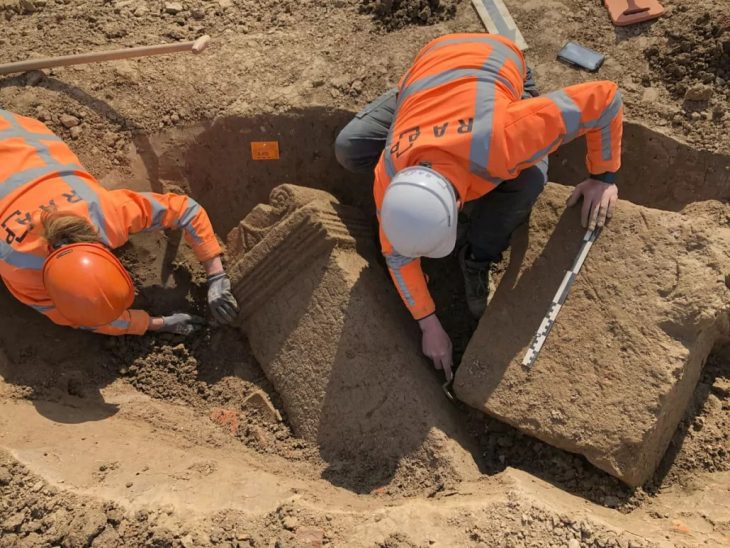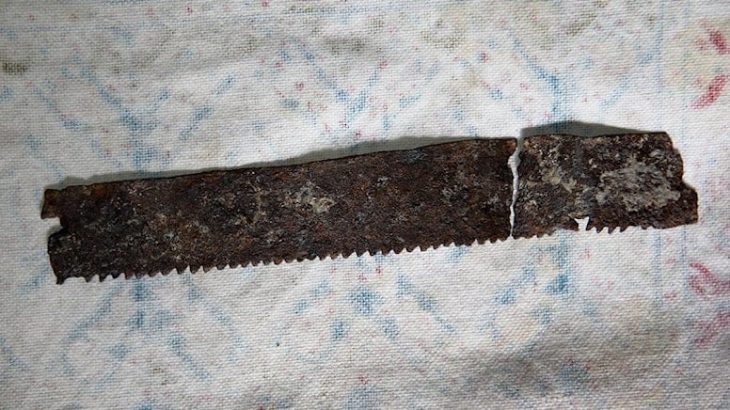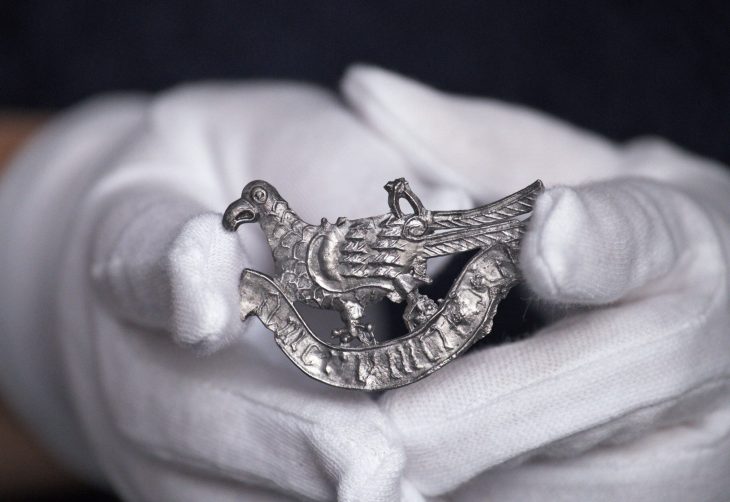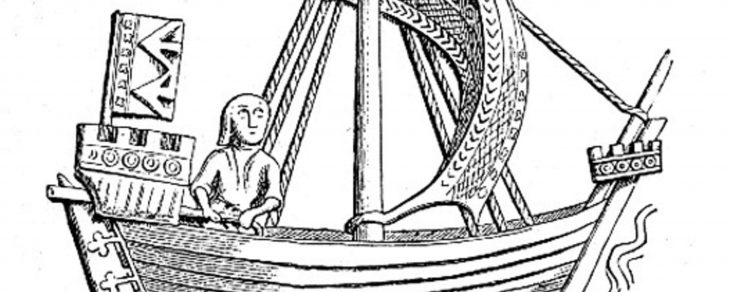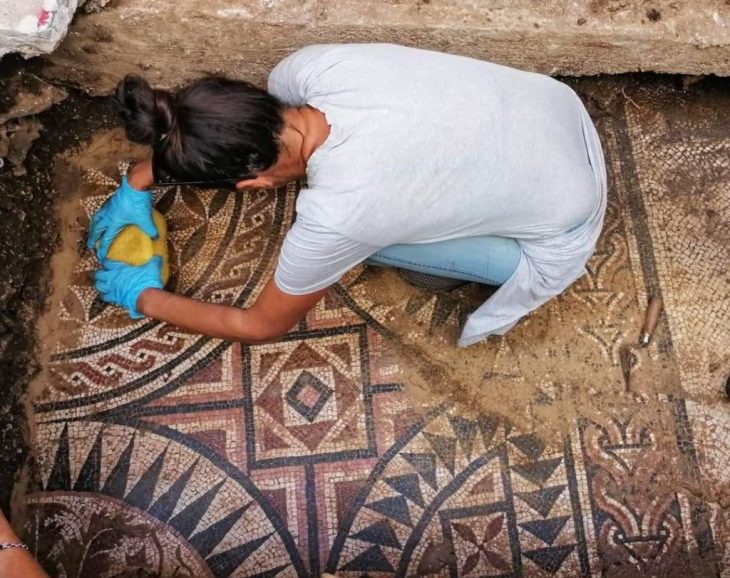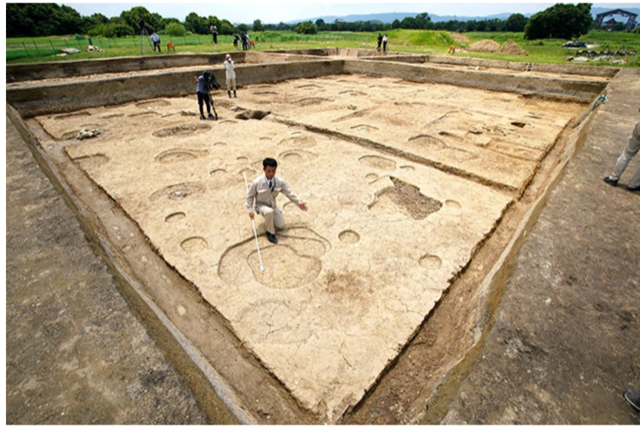In a decisive cultural heritage protection operation, gendarmerie officers in the Nurdağı district of Gaziantep province in southeastern Türkiye seized two rare ancient mosaics and detained three suspects—identified only as E.Ç., M.B., and M.B.—for attempting to sell historically significant artifacts obtained through illicit channels.
Acting on intelligence, officers intercepted a vehicle belonging to E.Ç., where the mosaics were discovered hidden inside. The artifacts, considered invaluable in terms of cultural and historical significance, were immediately handed over to the Gaziantep Museum Directorate for safekeeping. Authorities confirmed that the suspects remain in custody as the investigation continues.
Seized Roman-Era Mosaics Depicting Gods and Sea Creatures
The seized mosaics evoke scenes from the Roman era, depicting gods and sea creatures, though a full analysis has yet to be conducted
The mosaics feature intricate depictions of mythological sea figures. In the rectangular mosaic on the right, the central figure wears a crown or decorative headdress, suggesting she may represent a sea goddess such as Thetis or Tethys. Surrounding figures resemble Triton or Nereid-type attendants, commonly associated with marine divinities. Greek letter fragments above the scene may further indicate the identity of the goddess, similar to inscriptions observed in comparable mosaics.
The circular mosaic on the left depicts nude figures and sea creatures arranged in an oval composition, likely representing individual mythological or allegorical scenes, possibly featuring Nereids or Tritons as seen in Roman mosaics. Together, these mosaics illustrate a maritime mythological tableau, with the central female figure as a probable sea goddess accompanied by attendant sea entities.
📣 Our WhatsApp channel is now LIVE! Stay up-to-date with the latest news and updates, just click here to follow us on WhatsApp and never miss a thing!!
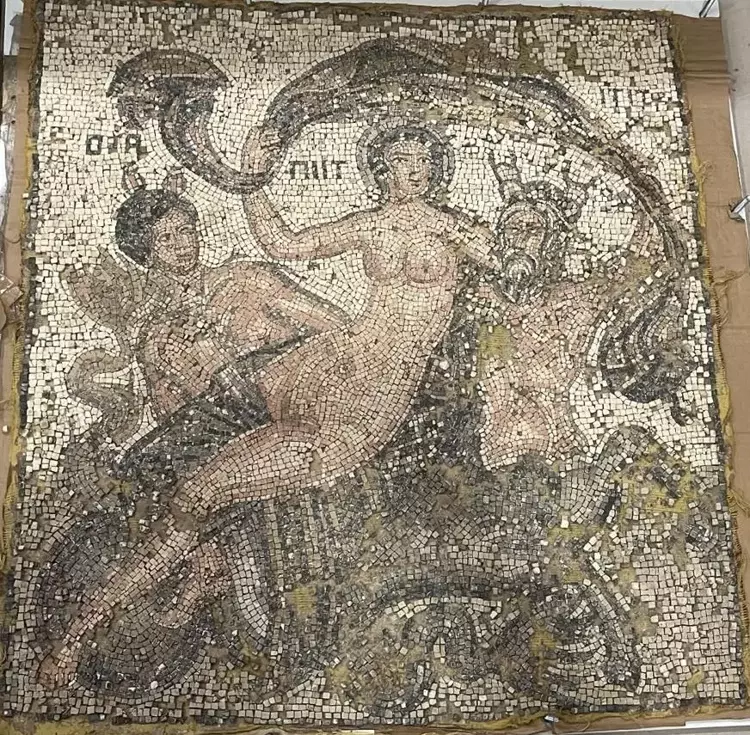
Gaziantep’s Cultural Treasure: The Gypsy Girl Mosaic
Gaziantep is home to the world-renowned Zeugma Mosaic Museum, one of the largest mosaic museums in existence. The museum houses thousands of square meters of ancient mosaics, most dating back to the Roman and Late Antique periods.
The museum’s most iconic piece, the “Gypsy Girl” mosaic, portrays a young woman with hauntingly expressive eyes, wearing a colorful shawl and holding what appears to be a tambourine. Crafted in the 2nd or 3rd century AD, this fragment—once part of a villa floor—captures the imagination and has been likened to the Mona Lisa for its enigmatic, traveling gaze. Her symbolism remains debated; she may represent a maenad, Gaia (the earth goddess), or even a veiled representation of Alexander the Great.
Interestingly, 12 fragments of the mosaic were smuggled to the United States in the 1960s and ended up at Bowling Green State University. In 2018, after concerted repatriation efforts, these pieces were returned and reunited with the original mosaic at Zeugma Museum. The museum—and especially the “Gypsy Girl”—miraculously survived the devastating 2023 Turkey–Syria earthquake unscathed and reopened to visitors shortly thereafter.
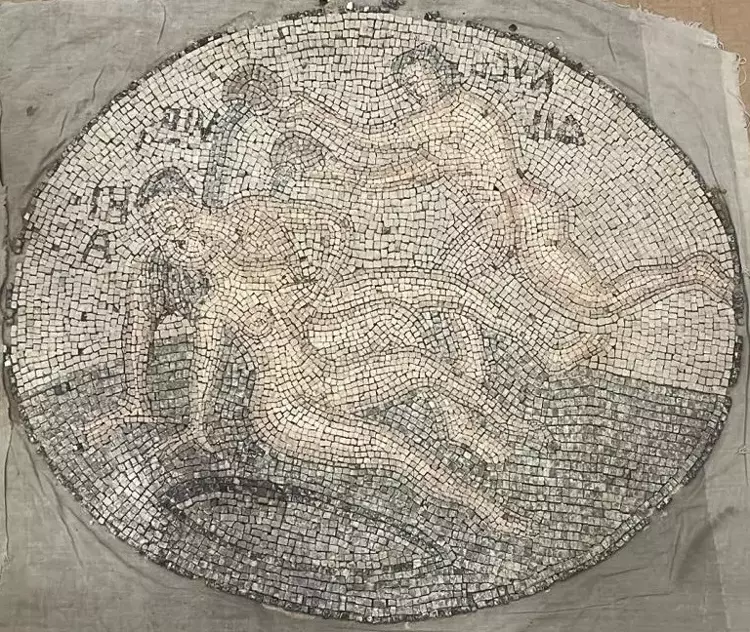
Legal Consequences for Artifact Smuggling
Under Turkish law, the illegal excavation, possession, or trafficking of antiquities is a serious offense. The Law on the Protection of Cultural and Natural Assets (Law No. 2863) and related provisions in the Turkish Penal Code prescribe strict penalties.
Those found guilty of smuggling or selling cultural property can face several years of imprisonment and substantial fines, with harsher sentences applied when the artifacts are of great historical value. Additionally, confiscated items are permanently transferred to museums and state collections, ensuring their protection and public accessibility.
A Commitment to Heritage Protection
This recent seizure highlights Türkiye’s ongoing efforts to combat the illicit trade in cultural heritage. Authorities emphasize that every successful operation not only protects irreplaceable artifacts but also supports academic research, tourism, and the preservation of the country’s rich history.
Gaziantep’s Gypsy Girl mosaic stands as a reminder of what is at stake: a unique cultural legacy that must be safeguarded for future generations.
Cover Image Credit: DHA

